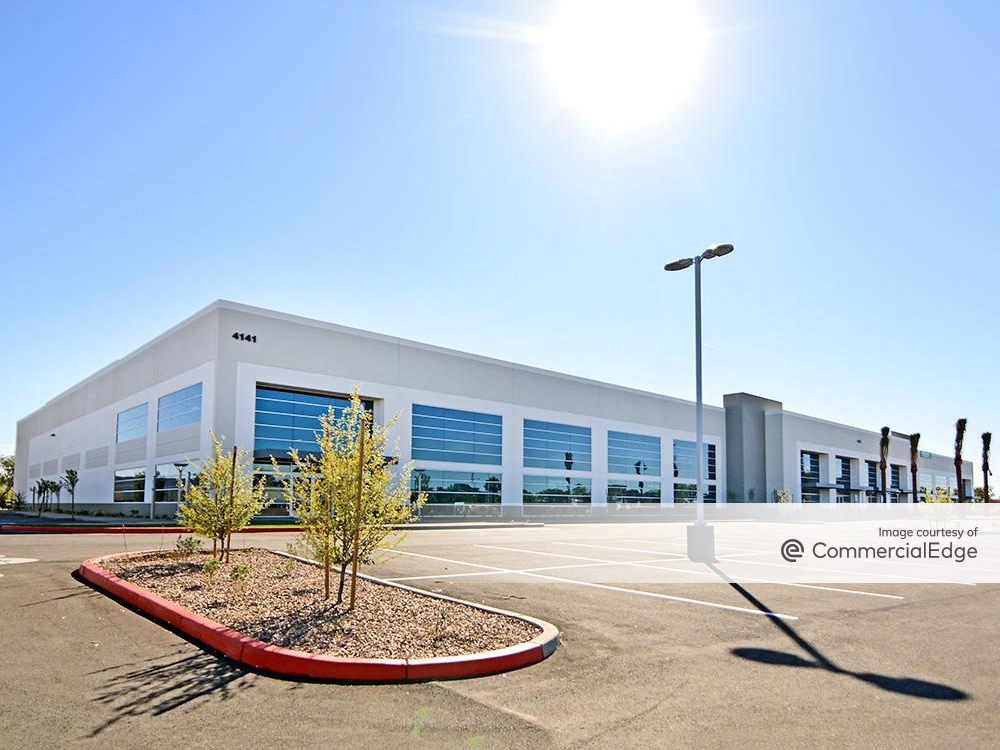Crow Holdings Pockets $320M for Inland Empire Portfolio
The assets are located across the Moreno Valley, San Bernardino and Rialto submarkets.
Crow Holdings has agreed to sell five industrial properties totaling nearly 2 million square feet in the Inland Empire for $320 million.
The California State Teachers’ Retirement System (CalSTRS) is the buyer of the 11-building portfolio—which, according to CommercialEdge data, represents more than 65 percent of Crow Holdings’ entire Inland Empire industrial footprint.
The transaction is expected to close next month and was completed through the seller’s investment management company.
The properties are located across the Moreno Valley, San Bernardino and Rialto submarkets. Crow Holdings’ entire Inland Empire comprises more than 3 million square feet of industrial assets, CommercialEdge data shows.
Crow Holdings brought to market 574,984 square feet of industrial product this year in the San Bernardino submarket alone, via its Washington Commerce Center, which topped out in February, according to CommercialEdge. Last year, the developer finished work on the 709,081-square-foot Freeway Business Center in Moreno Valley, while also adding just under 600,000 square feet across two properties in San Bernardino.
It is unclear which of these properties were acquired by CalSTRS, but according to the announcement made by Crow Holdings, the traded properties represent newly built industrial product. The portfolio is currently 45 percent leased or agreed to terms.
The public pension plan had about 12.6 percent of its $286 billion budget allocated to real estate investments, as of February 2021, according to its website—and plans to grow its allocation to 14 percent.
Inland Empire Sets First Quarter Record
Despite slowdowns in other sectors, the industrial asset class continues to remain a strong investment in 2021, with Inland Empire spearheading the growth. According to Colliers, industrial vacancy in the market reached a historic low of 1.9 percent in the first quarter, down from 2.6 percent at the end of last year.








You must be logged in to post a comment.